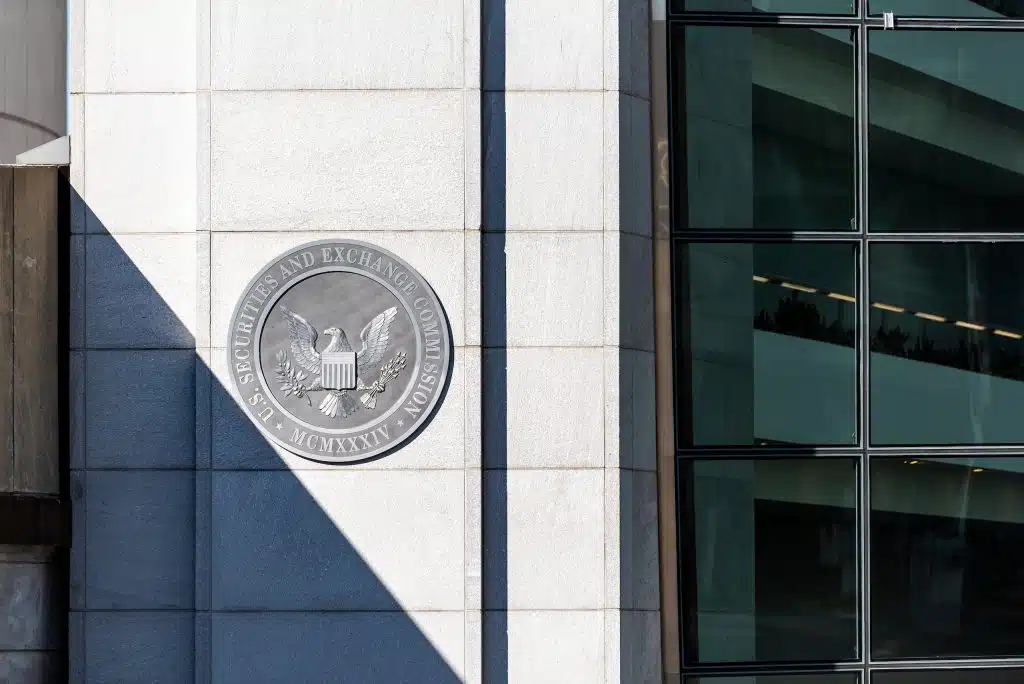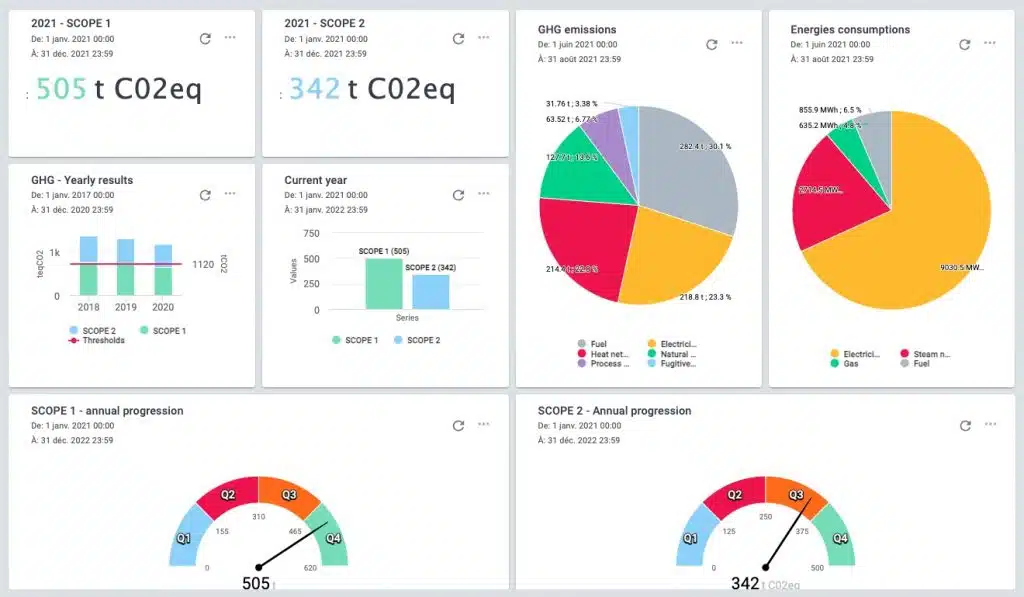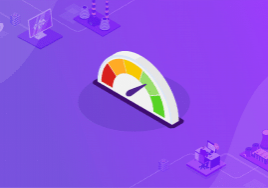On March 21st, 2022, the U.S. Securities and Exchange Commission (SEC) proposed a rule which would require public companies to declare climate related information more systematically along with their financial information. If the rule does come into force, companies should already be taking action if they want to be prepared. Let’s look more closely at what this proposed rule would mean and how digital tools can make the transition easier.
What is the SEC?
The SEC is an independent agency of the U.S. government that was set up in 1934, only a few years after the Wall Street Crash.
Its main missions are:
- To protect investors,
- To maintain “fair, orderly, and efficient markets,”
- To facilitate “capital formation.” (SEC)
To achieve these goals, public and regulated companies need to submit quarterly, annual, and other period reports. They must also submit a Management Discussion and Analysis (MD&A) which is more of a qualitative report that explains the company’s operations and more general goals for the future. This information becomes available online on the Electronic Data Gathering, Analysis, and Retrieval System (EDGAR), so that investors have reliable information when making their decisions.
A Bit of Background to the Rule
As we already know, the environmental impact of companies has become an imperative consideration given the current climate crisis. This means that the climate impact of companies has become just as important as finances and needs to be considered in terms of potential risks of an investment. Of course, the environmental impact of companies has also become one of the most important issues for consumers and employees too.

We know that for consumers, sustainability is at the forefront of their minds. This has been confirmed many times in numerous questionnaires, reports, studies... In 2021, the UN conducted “the largest survey of public opinion on climate change ever conducted.” They consistently found that respondents saw climate change as a global emergency. Another report by Capgemini looked at how sustainability is fundamentally changing consumer preferences in 2020. It revealed that 79% of respondents’ purchasing preferences are influenced by factors relating to sustainability. This means that more transparency can influence their behavior and level of trust. Looking more internally, having a better reputation in regard to sustainability will also make it easier to attract top talents who look for more meaning in their jobs and missions. By attracting the best of the best, your company will be able to thrive.
Overall, being environmentally-conscious brings a huge competitive advantage. This shift has been equated to the digital transformation. Just as the early adopters of digital sprinted ahead of their contemporaries in the markets and became more successful (think big tech companies), the same is foreseen for those who are integrating more sustainable practices transversally.
Regulations are increasingly coming into place internationally to make these evaluations more consistent and reliable. Most broadly, there is the GHG Protocol, ISO 14064, and the IPMVP. However, more closely related to the link between finance and climate risk, we can see the example of the Task Force on Climate-related Financial Disclosures (TCFD) which was created “to improve and increase reporting on climate-related financial information” as “climate change presents financial risk to the global economy” (TCFD). This task force put together a list of recommendations that have been supported by over 3, 000 organizations from 92 countries.
Unlike the proposed SEC climate disclosure rule, these are only recommendations, and not obligations. However, the proposed rule does note that the disclosures required would rely on frameworks very similar to the TCFD and the GHG Protocol.
The SEC’s Proposed Climate-Disclosure Rule
The SEC proposed a rule change that would oblige “registrants to include certain climate-related disclosures in their registration statements and period reports, including
- information about climate-related risks that are reasonably likely to have a material impact on their business, results of operations, or financial condition…
- certain climate related-financial statement metrics in a note to their audited financial statements…” (SEC)
- and GHG emissions (Scope 1, 2, and 3).
In terms of GHG emissions, there would be a phase in period where Scopes 1 and 2 emissions disclosures would be phased in first. This would be followed by Scope 3 emissions disclosures. Given the current complexities of measuring Scope 3 emissions, there would also be more forgiveness in terms of liability from Scope 3 emissions disclosure. Smaller companies would also be exempt from this obligation.
If the proposed Rule is approved by the end of 2022, it will have to be adopted by 2023 at the earliest and 2025 at the latest. The dates would be as follows:
- Large companies would have to disclose the information for their 2023 fiscal year (filing year of 2024).
- Smaller companies would have to disclose the information for their 2025 fiscal year (filling year of 2026).
What are the Main Challenges?
This proposed rule will bring its own challenges, but overcoming them can bring great opportunities both for climate and business efficiency.
Internal Changes in Companies
Many companies are still not reporting on their climate risks adequately. This means that to be able to do so will likely require many internal changes. For example, if the CFO is currently preparing the reports for the SEC, their role will have to include more responsibilities. This requires a more transversal approach. Becoming more sustainable requires every single part of a company, which means more interaction amongst teams.
Lack of Resources and Expertise
Climate-related reporting requires a certain infrastructure, which means having the right tools and technologies in place, the right people with the right expertise, and an efficient process.
Taking Action Quickly
Finding the right methodology to measure climate-related information may also require some trial and error. To put the right infrastructure in place requires a lot of time. And to do it smoothly, it should be put into place as early as possible so that you can be in the best position.
Reliable Data Collection
To be able to reliably report on climate-related risk, and GHG emissions especially, you need to have good quality data and the right tools to do so. Currently, many energy managers track their energy consumption inefficiently using monthly Excel spreadsheets, with information taken from invoices or meter readings. Not only does this increase the risk of error, but it also means that drifts and leaks are detected too late. As a result, more energy is wasted, and this means more GHG emissions.
Silver Linings
While the proposed SEC climate-disclosure rule might seem daunting, there are actually a lot of benefits to the rule.
Less Greenwashing
More companies would be able to measure their efforts towards climate change and show tangible results.
More Trust
This proposed rule would mean more accountability and transparency, which would encourage more sustainable practices from companies, and increase trust from stakeholders.
More Uniformity in Climate-Related Data
This rule would improve uniformity in climate-related data making it easier to make decisions and comparisons.
We Already Have the Tools in Place
The good news is that companies do not need to start from scratch. There are already tools out there that have been working away to masterfully measure climate-related impacts. An Energy Management and Optimization System (EMOS), for example, can greatly help companies prepare for the proposed SEC climate-disclosure rule.

Be Ready From the Get-go
An EMOS can be implemented quickly - in just a few months. This means you can get ahead of the game. The key is to start preparing as early as possible.
Tried and Tested
Advanced energy management tools have been around for more than a decade. They have been tried and tested, and now have incredibly smart capabilities. For example, an energy optimization tool allows users to exploit data science in an accessible way, so that they can not only measure their energy consumption, but also create baselines to predict their consumption to increase efficiency and reduce their GHG emissions.
Predict the Future, Save Money
Digital tools which have more advanced capabilities like the ability to forecast, means that you can more concretely tie in your budgets and finances with GHG emission performance.
Automatic Reporting Means More Time
Energy Management systems can automatically and accurately report energy with very small granularity, almost in real-time. This means less time spent worrying about data collection, quality, and consistency, and more time to invest in other activities and ROI.
Dedicated Spaces to Measure GHG Emissions Already In Place
Many digital energy management tools already have integrated workspaces dedicated to measuring GHG emissions along the different scopes.
More Team Engagement
Digital platforms like an EMOS encourage more collaboration. They can be accessed by people at all parts of a company, allowing them to collaborate more seamlessly. For multi-site companies, these tools also allow for an easier global overview of all parts of the company, which encourages even more cohesion.
No matter when the SEC rules will come into effect, all energy intensive companies, public or not, need to take action to report their energy spending and GHG emissions. Large corporations are starting to ask their suppliers to provide a CO2 counting of individual products. The market will require this level of information which can only be attained with a proper real-time digital tool in the next couple of years. The earlier you start, the more prepared you will be.
Do you want to know more about how an EMOS can help you prepare for future climate-related regulations?










